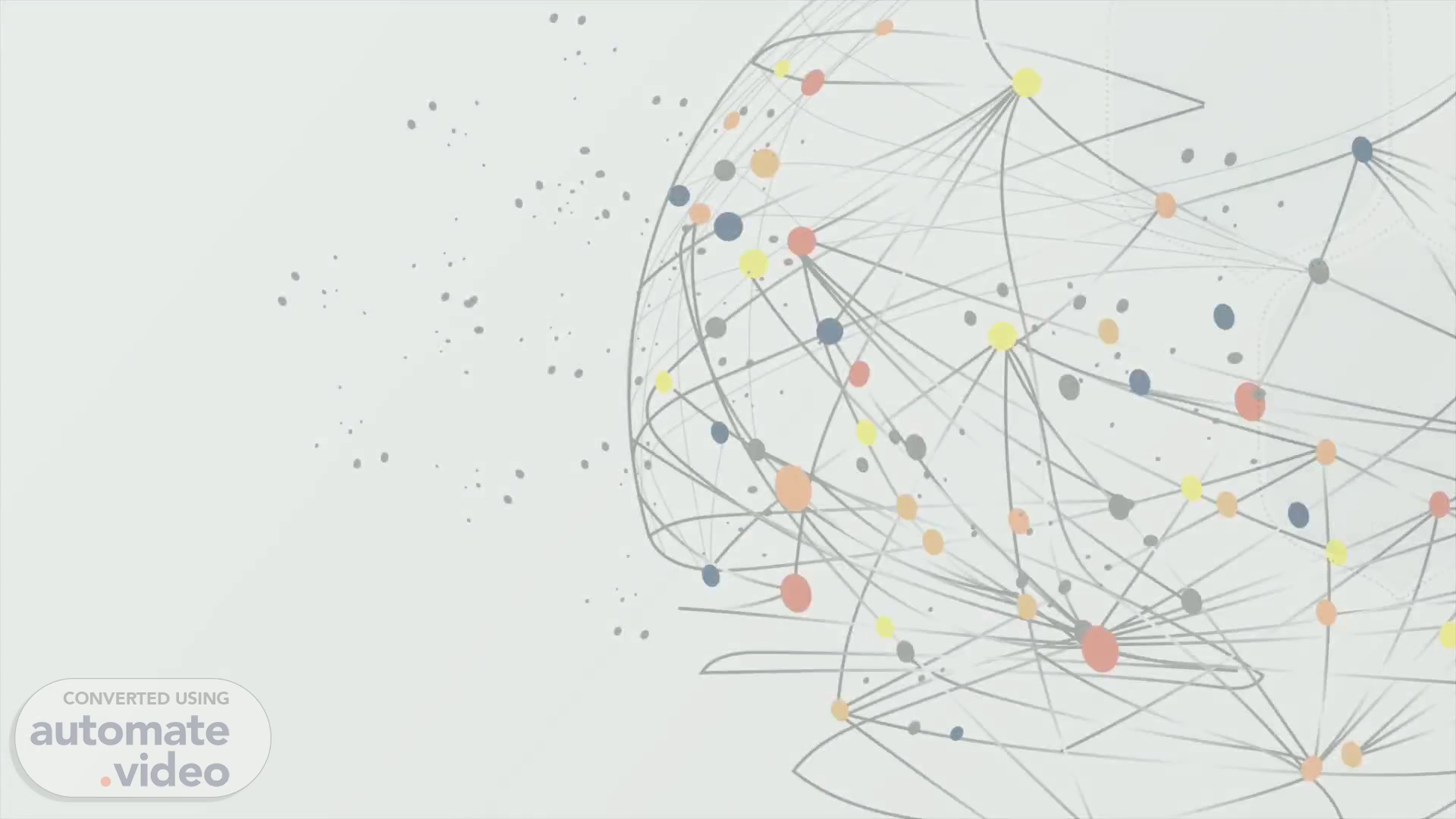
Understanding the Framework Class Library in .NET"
Scene 1 (0s)
[Audio] Welcome to Topworker. I'm excited to take you on a journey today to explore the heart and soul of .NET development. Our topic is 'Understanding the Framework Class Library (FCL) in .NET.'.
Scene 2 (16s)
[Audio] Today, we'll dive into the Framework Class Library, often referred to as FCL, which is the cornerstone of the .NET Framework. FCL is a comprehensive library comprising a vast collection of reusable classes, types, and methods." Importance: "FCL is not just another library; it's the heart of .NET development. It streamlines and expedites software development by offering a standardized toolkit and resources for building .NET applications. Let's explore why it's so essential.".
Scene 3 (54s)
[Audio] Key Components of FCL Namespaces: "FCL organizes its classes into logical groupings called namespaces. Think of namespaces as virtual folders, categorizing related classes. For example, 'System.IO' is a namespace dedicated to file input and output, while 'System.Data' is where you'll find classes for data access. This organization makes it simple to locate classes related to specific tasks." Common Functionalities: "FCL provides classes for numerous common tasks encountered in software development. For instance, 'System.IO.File' is your go-to class for file manipulation. Need to read, write, or manage files? FCL has you covered.".
Scene 4 (1m 52s)
[Audio] Reusability: "One of the key advantages of FCL is code reusability. You can leverage pre-built components across different projects, saving time and effort. Imagine reusing classes from 'System.Collections' to work with collections efficiently. It's all about building on the existing foundation." Interoperability: "FCL isn't confined to the .NET world; it supports interoperability with other languages and platforms. Thanks to adherence to open standards, you can use techniques like P/Invoke to call functions from unmanaged C or C++ libraries in your .NET applications.".
Scene 5 (2m 39s)
[Audio] Extending FCL with Custom Classes Inheritance: "FCL is not set in stone; developers can extend it by creating custom classes through inheritance. For example, if you need a specialized collection, you can derive a custom class from 'System.Collections.CollectionBase.' This approach empowers you to add custom behaviors while benefiting from FCL's established functionality.".
Scene 6 (3m 10s)
[Audio] FCL in Modern .NET .NET Core and .NET 5/6: "FCL has evolved and expanded into modern .NET, including .NET Core and the latest versions like .NET 5 and 6. This evolution enables cross-platform development. With .NET 5/6, you can write code once and run it on various operating systems, from Windows to macOS and Linux." Cross-platform Development: "FCL plays a pivotal role in enabling cross-platform development. By providing a consistent set of libraries across different operating systems, it simplifies the process of building applications that seamlessly work on various platforms.".
Scene 7 (3m 59s)
[Audio] Conclusion "In summary, the Framework Class Library, FCL, is the backbone of the .NET Framework, offering an extensive range of classes, types, and methods that empower developers to build robust and efficient applications." Future:"As .NET continues to evolve, FCL will adapt to new technologies and expand its capabilities to meet the ever-evolving demands of modern software development.".
Scene 8 (4m 28s)
[Audio] Feel free to reach out with any questions or further inquiries. We're now open for discussion and your valuable input. Thank you for your attention..